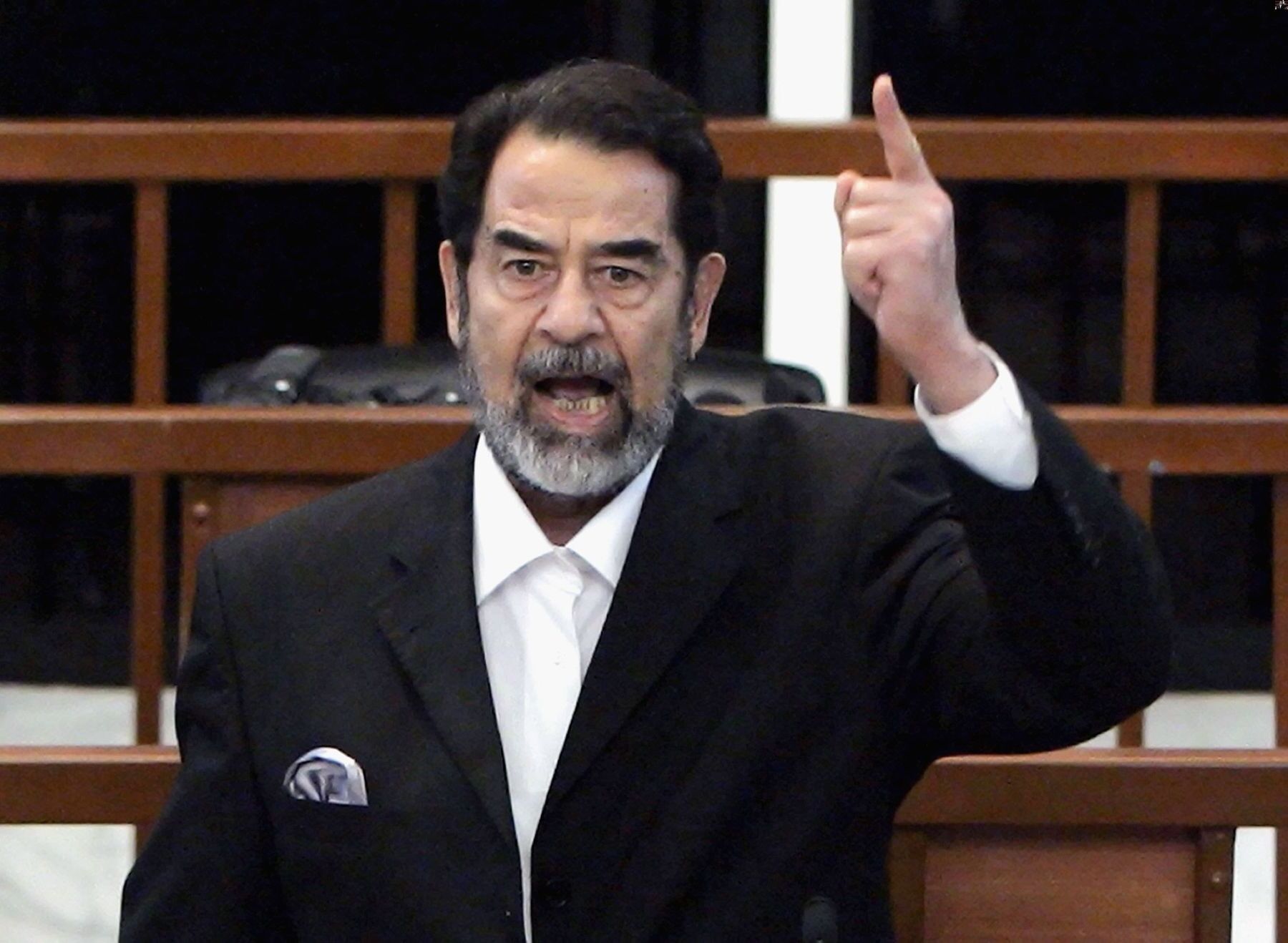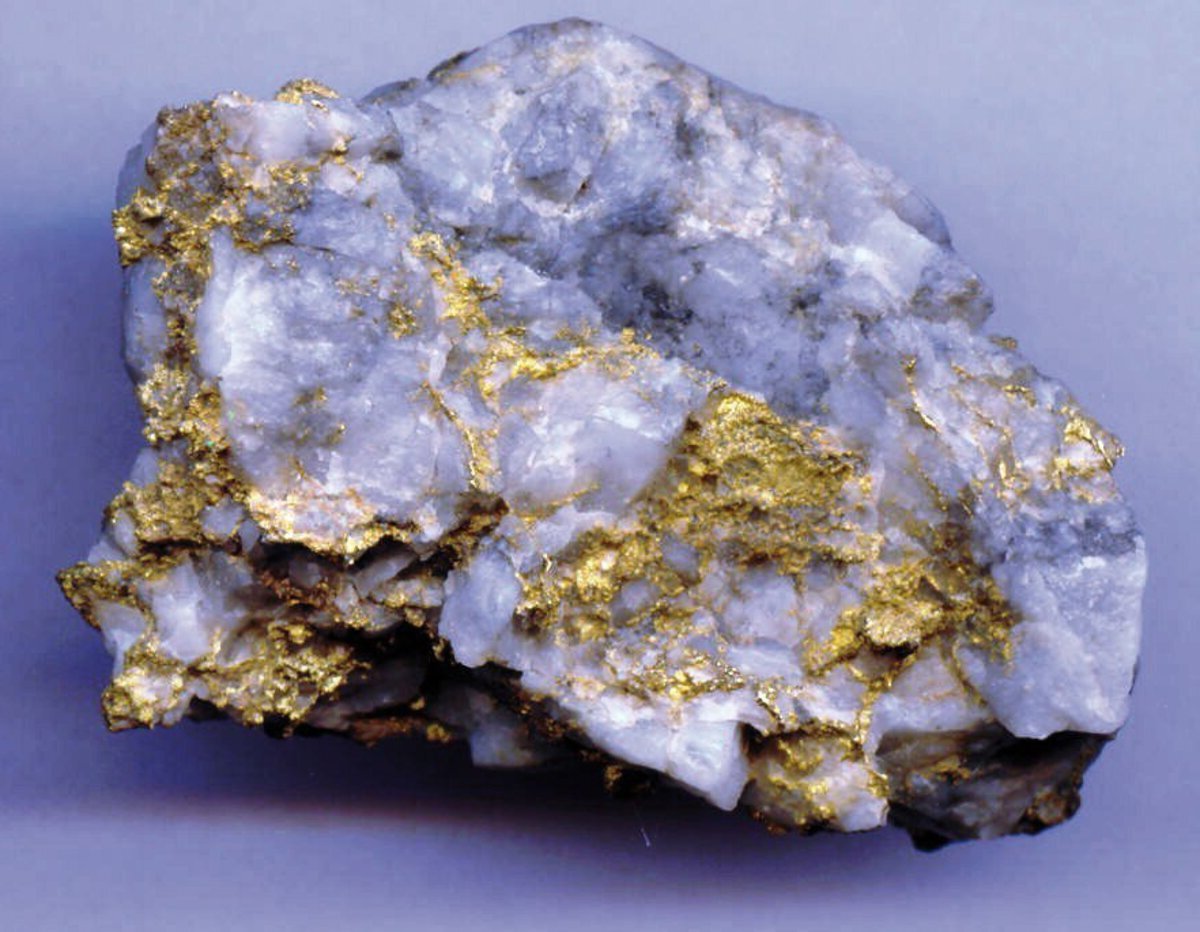
Saddam Hussein, a name that echoes through history, was a figure of immense power and controversy. Born in 1937 in a small village in Iraq, he rose to become the President of Iraq and ruled with an iron fist from 1979 to 2003. His reign was marked by brutal policies, wars, and a personality cult that left a lasting impact on the Middle East. But who was the man behind the headlines? What drove his actions, and how did he maintain control over a nation for so long? In this post, we'll delve into 38 intriguing facts about Saddam Hussein, shedding light on his life, his rule, and his legacy. Buckle up for a journey through the life of one of the 20th century's most notorious leaders.
Key Takeaways:
- Saddam Hussein rose from a poor upbringing to become a powerful dictator in Iraq, but his brutal regime led to wars, suffering, and ultimately his own downfall.
- Despite his controversial legacy, Saddam Hussein's impact on Iraq and the Middle East continues to spark debate and influence politics to this day.
Early Life and Rise to Power
Saddam Hussein, a name synonymous with Iraq's turbulent history, had a life filled with dramatic turns and controversial decisions. Let's delve into some intriguing facts about his early life and rise to power.
-
Born on April 28, 1937, in Al-Awja, a small village near Tikrit, Iraq, Saddam Hussein grew up in a poor family.
-
His father either died or disappeared before he was born, and his mother remarried, leaving Saddam to be raised by his uncle.
-
Saddam joined the Ba'ath Party in 1957, a political group advocating Arab nationalism and socialism.
-
In 1959, he participated in an unsuccessful assassination attempt on then-Iraqi Prime Minister Abd al-Karim Qasim, forcing him to flee to Egypt.
-
While in Egypt, Saddam studied law at Cairo University, though he never completed his degree.
-
He returned to Iraq in 1963 after Qasim was overthrown, but the Ba'ath Party's rule was short-lived, leading to another period of exile.
-
In 1968, Saddam played a crucial role in the Ba'ath Party's successful coup, which brought them back to power.
-
By 1979, he had consolidated enough power to become the President of Iraq, succeeding Ahmed Hassan al-Bakr.
Dictatorship and Policies
Saddam's rule was marked by authoritarianism, economic reforms, and brutal repression. Here are some key facts about his dictatorship and policies.
-
Saddam nationalized Iraq's oil industry in 1972, significantly boosting the country's revenue.
-
He initiated several modernization projects, including infrastructure development and education reforms.
-
Despite these efforts, his regime was notorious for human rights abuses, including torture and executions of political opponents.
-
Saddam's government used chemical weapons against Kurdish civilians in the 1988 Halabja massacre, killing thousands.
-
He established a cult of personality, with numerous statues and portraits of himself erected throughout Iraq.
-
Saddam's regime was known for its extensive use of secret police and intelligence agencies to maintain control.
-
He implemented a policy of Arabization, forcibly relocating non-Arab populations and replacing them with Arabs.
-
Saddam's government heavily censored the media, allowing only state-controlled outlets to operate.
Wars and Conflicts
Saddam's tenure saw Iraq embroiled in several major conflicts, each leaving a lasting impact on the region. Let's explore some facts about these wars and conflicts.
-
The Iran-Iraq War, which lasted from 1980 to 1988, was initiated by Saddam in an attempt to seize control of disputed territories and assert dominance in the region.
-
The war resulted in an estimated one million casualties and left both countries economically devastated.
-
In 1990, Saddam invaded Kuwait, leading to the Gulf War after a coalition of countries led by the United States intervened.
-
The Gulf War ended in 1991 with Iraq's defeat, but Saddam remained in power despite widespread uprisings within Iraq.
-
Following the Gulf War, the United Nations imposed severe economic sanctions on Iraq, leading to widespread suffering among the Iraqi population.
-
Saddam's regime continued to defy UN weapons inspections, leading to ongoing tensions with the international community.
-
In 2003, the United States and its allies invaded Iraq, citing the presence of weapons of mass destruction and links to terrorism as justification.
-
Saddam was captured by U.S. forces on December 13, 2003, near his hometown of Tikrit.
Trial and Execution
Saddam's capture marked the beginning of the end for his regime. His trial and execution were pivotal moments in Iraq's history.
-
Saddam was put on trial by the Iraqi Special Tribunal for crimes against humanity, including the 1982 Dujail massacre.
-
The trial began on October 19, 2005, and was marked by frequent disruptions and accusations of bias.
-
On November 5, 2006, Saddam was found guilty and sentenced to death by hanging.
-
He was executed on December 30, 2006, in Baghdad, bringing an end to his controversial life.
-
Saddam's execution was met with mixed reactions, with some celebrating the end of his tyranny and others mourning the loss of a leader they still revered.
Personal Life and Legacy
Beyond his political career, Saddam's personal life and legacy continue to be subjects of fascination and debate.
-
Saddam had three wives and fathered five children: two sons, Uday and Qusay, and three daughters, Raghad, Rana, and Hala.
-
His eldest son, Uday, was known for his violent and erratic behavior, while Qusay was considered his father's likely successor.
-
Both Uday and Qusay were killed by U.S. forces in 2003 during the Iraq War.
-
Saddam was known for his love of literature, having written several novels and poems under pseudonyms.
-
He was also an avid reader of history and politics, often drawing inspiration from historical figures like Stalin and Hitler.
-
Despite his brutal regime, some Iraqis still view Saddam as a symbol of national pride and resistance against foreign intervention.
-
His rule left Iraq deeply divided, with ongoing sectarian violence and political instability.
-
Saddam's legacy continues to influence Iraqi politics, with his Ba'athist ideology still present in some factions.
-
The debate over his impact on Iraq and the Middle East remains contentious, with opinions varying widely depending on one's perspective.
Final Thoughts on Saddam Hussein
Saddam Hussein's life and rule left a lasting mark on history. From his rise to power in Iraq to his controversial policies and eventual downfall, his story is filled with complex events and decisions. Understanding these facts helps us grasp the impact he had on both his country and the world. His leadership style, marked by authoritarian control and military aggression, shaped Iraq's political landscape for decades. The invasion of Kuwait and the subsequent Gulf War highlighted his ambitions and the international response to his actions. His eventual capture and execution closed a significant chapter in Middle Eastern history. By examining these key moments, we gain insight into the challenges and consequences of his rule. Saddam Hussein's legacy serves as a reminder of the complexities of political power and its far-reaching effects.
Frequently Asked Questions
Was this page helpful?
Our commitment to delivering trustworthy and engaging content is at the heart of what we do. Each fact on our site is contributed by real users like you, bringing a wealth of diverse insights and information. To ensure the highest standards of accuracy and reliability, our dedicated editors meticulously review each submission. This process guarantees that the facts we share are not only fascinating but also credible. Trust in our commitment to quality and authenticity as you explore and learn with us.


